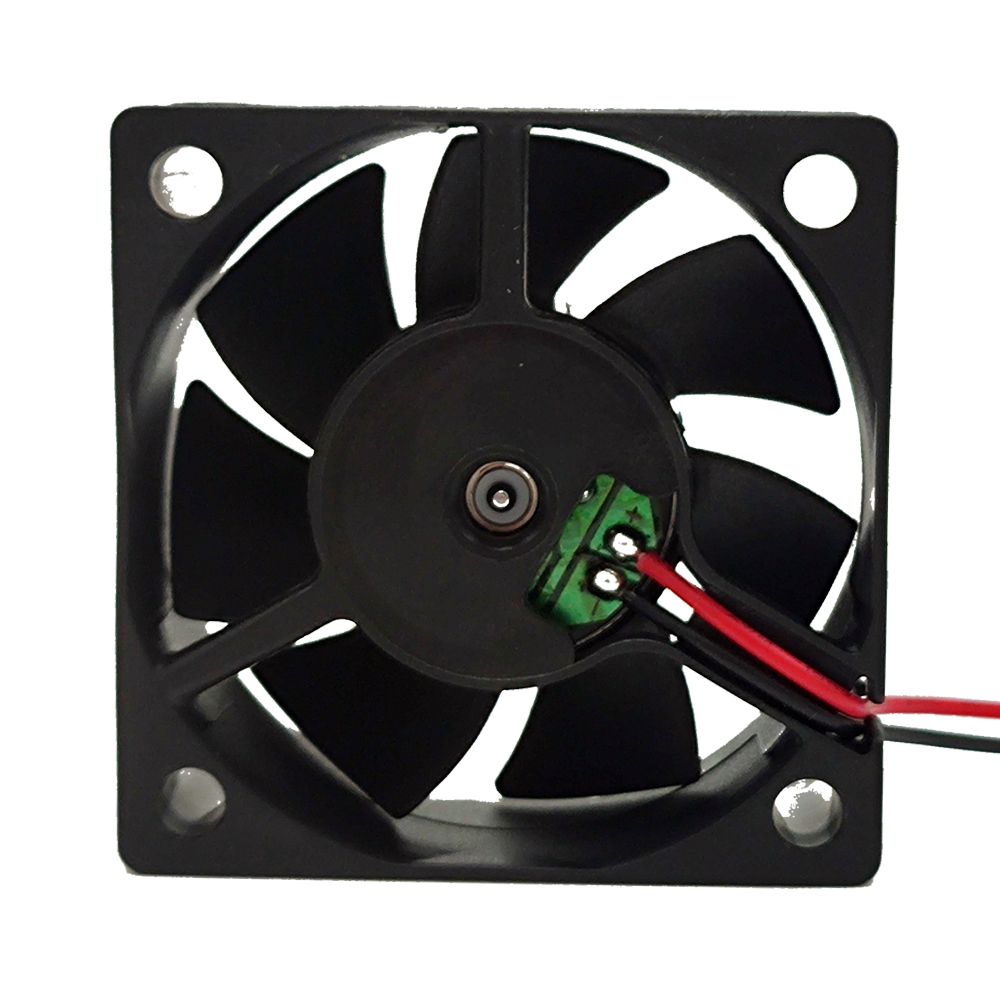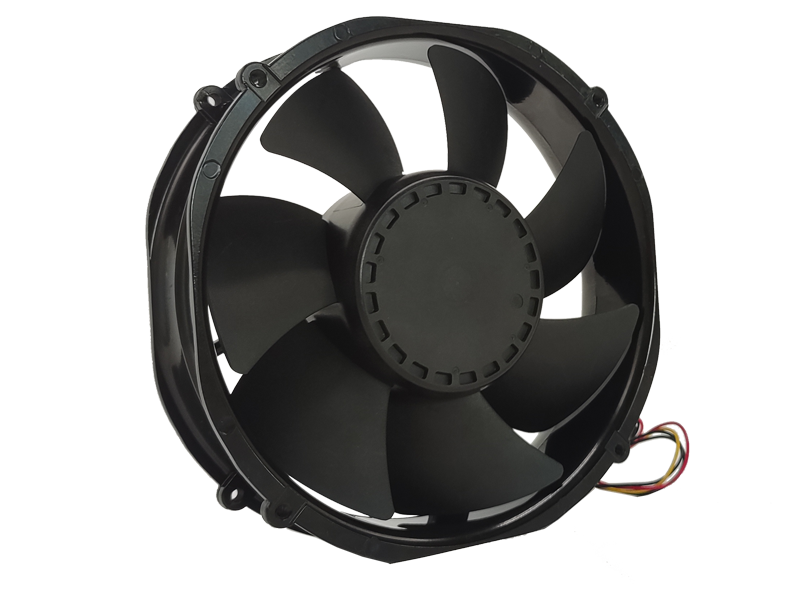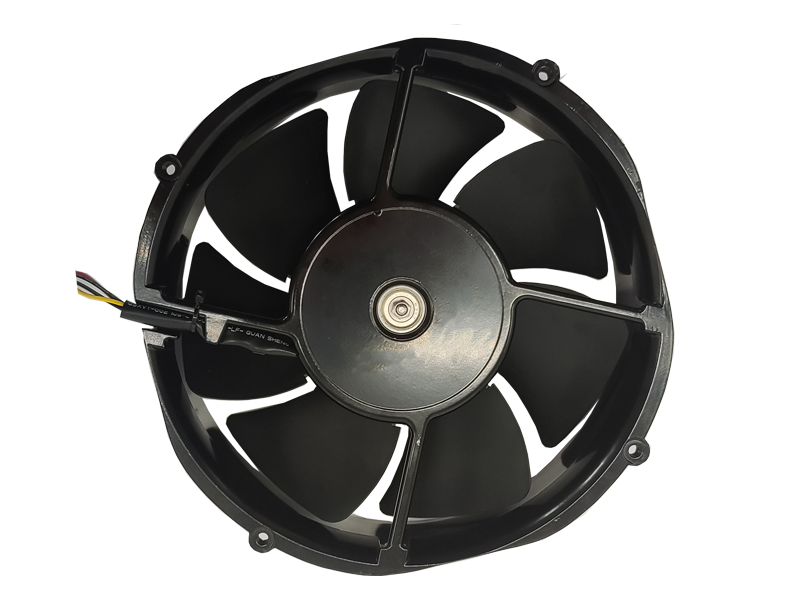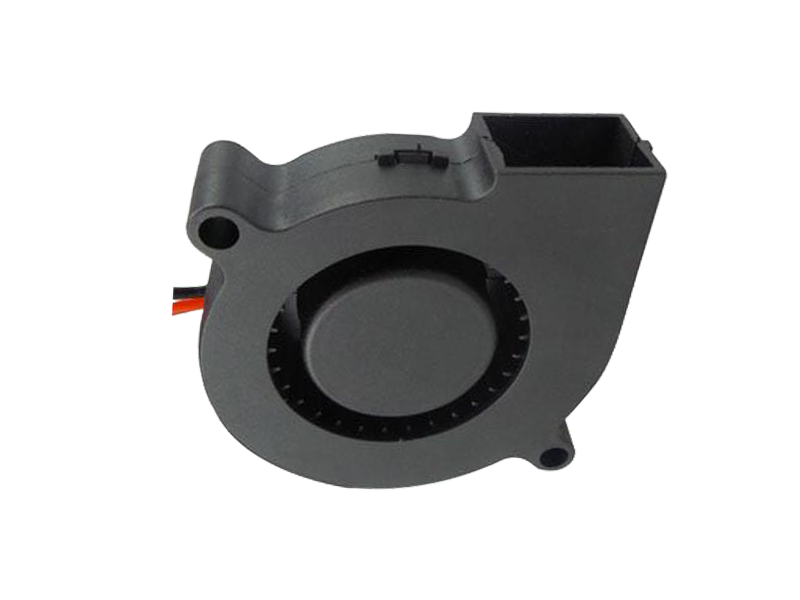In today's rapidly evolving industrial landscape, the need for effective ventilation, cooling, and air circulation has never been greater. Industrial fans play a crucial role in maintaining optimal operating conditions across a wide range of sectors, from manufacturing plants and warehouses to chemical processing and power generation facilities. While these fans may seem like simple mechanical devices, they are, in fact, vital to the performance, safety, and efficiency of industrial operations.
This article explores the critical role of industrial fans in modern industrial applications, examining their function, design considerations, types, and future trends. By understanding how industrial fans contribute to the success of operations, companies can make better-informed decisions when choosing the right type of fan for their specific needs.
The Function of Industrial Fans in Industrial Applications
At its core, an industrial fan is designed to move air or gas in order to regulate temperature, improve air quality, and enhance the overall operational environment. The functionality of industrial fans extends beyond mere ventilation; they are essential to processes such as cooling machinery, preventing the buildup of hazardous gases, and promoting worker comfort and safety.
1.1 Cooling and Heat Management
One of the primary functions of industrial fans is to maintain optimal temperature levels in industrial environments. Many manufacturing and processing operations generate significant amounts of heat, which can damage equipment, reduce efficiency, and increase safety risks. Industrial fans help by circulating air, preventing overheating, and improving cooling systems. For example, large fans are often used in server rooms and data centers to keep computer equipment at a stable temperature, reducing the risk of system failures.
In high-temperature environments such as steel mills or glass production plants, industrial fans provide the necessary airflow to maintain the temperature of workers and equipment, which is critical for both safety and efficiency.
1.2 Air Circulation and Pollution Control
Another vital function of industrial fans is to enhance air circulation, which is crucial for maintaining a safe and healthy working environment. In industries that handle chemicals, gases, or other harmful substances, fans help dilute and exhaust dangerous fumes, ensuring compliance with environmental and safety regulations. For example, chemical processing plants utilize fans to remove volatile organic compounds (VOCs) or toxic gases from the air to minimize workplace exposure and environmental impact.
In addition, industrial fans can help maintain the balance of air pressure within a building, preventing the accumulation of dust or particulates that could pose health risks or interfere with machinery.
1.3 Improving Worker Comfort and Productivity
Employee comfort is often overlooked in industrial settings, but it directly affects productivity, health, and overall job satisfaction. High temperatures, poor ventilation, and the accumulation of airborne pollutants can lead to fatigue, discomfort, and increased risk of accidents. Industrial fans help mitigate these issues by ensuring that the air is properly circulated and temperature-controlled, improving worker morale and efficiency. Fans are used to create comfortable airflow in warehouses, assembly lines, and manufacturing floors, ensuring workers are able to perform their tasks in a safe, productive environment.
Design Considerations for Industrial Fans
When choosing industrial fans for specific applications, a range of factors need to be considered. These include the fan’s design, size, airflow capacity, power consumption, and durability. Ensuring the right balance of these factors is crucial to optimizing performance, minimizing operational costs, and meeting regulatory requirements.
2.1 Fan Type and Design
There are various types of industrial fans, each designed to suit different applications. The most common fan types include:
Axial Fans: These fans are characterized by blades that push air in a direction parallel to the fan’s axis. Axial fans are commonly used in applications where high airflow is required but with relatively low pressure, such as ventilation in large open spaces like warehouses or mines.
Centrifugal Fans: These fans work by drawing air in through the center and expelling it at a 90-degree angle. Centrifugal fans are ideal for applications that require high pressure and are used in systems such as air handling units, dust collection systems, and HVAC units.
Mixed Flow Fans: A combination of axial and centrifugal fans, mixed flow fans offer high pressure and airflow characteristics. These fans are used in applications where both high airflow and moderate pressure are necessary, such as industrial cooling and drying processes.
Choosing the right type of fan is critical because it affects both the efficiency of the system and the safety of the workers.
2.2 Size and Airflow Capacity
The size of an industrial fan is directly correlated with its airflow capacity. To ensure that a fan provides the correct volume of air to an area, the system’s airflow requirements must be carefully assessed. For example, in a factory that produces high heat levels, such as a foundry, a large fan capable of circulating vast amounts of air will be needed to maintain a safe and comfortable environment.
Airflow is measured in cubic feet per minute (CFM) or cubic meters per hour (m³/h), and choosing a fan with sufficient capacity is crucial for cooling or ventilation efficiency. It’s also important to consider that larger fans generally consume more power, which can increase operational costs.
2.3 Power Consumption and Efficiency
Power consumption is another critical factor to consider in the design of industrial fans. Given that industrial fans often run continuously or for extended periods, selecting energy-efficient models can significantly reduce operating costs. Energy-efficient fans are designed to deliver maximum airflow while minimizing energy use.
Advanced motor technologies, such as direct-drive motors, variable-speed drives, and electronically commutated motors (ECMs), help reduce energy consumption while optimizing fan performance. Additionally, selecting the appropriate fan size based on the specific application requirements will prevent excessive energy use and unnecessary operating costs.
2.4 Durability and Maintenance
Industrial fans operate in demanding environments, where dust, heat, chemicals, and other harsh conditions can lead to wear and tear. For this reason, durability is a critical consideration when choosing a fan. Fans used in environments with high humidity or exposure to chemicals may require corrosion-resistant materials such as stainless steel or specially coated alloys.
Regular maintenance is essential to ensure that the fan operates efficiently throughout its lifespan. Many manufacturers offer fans with easy-to-maintain designs, such as accessible motor compartments and self-lubricating bearings, which help extend the fan’s service life and reduce the frequency of downtime.
Future Trends in Industrial Fan Technology
As industries continue to evolve, so too does the technology behind industrial fans. In the future, several key trends are likely to shape the development of industrial fans.
3.1 Automation and Smart Fans
The trend toward automation and the integration of smart technologies is revolutionizing the industrial sector, and industrial fans are no exception. Smart fans equipped with sensors and connected to the Internet of Things (IoT) can monitor environmental conditions in real-time and automatically adjust their performance to optimize energy use, airflow, and cooling. These systems can communicate with other devices in the facility to create an integrated, energy-efficient ecosystem.
By collecting data on temperature, humidity, air quality, and other variables, smart fans can predict maintenance needs, reduce downtime, and improve the overall efficiency of the system.
3.2 Sustainable and Eco-Friendly Solutions

Sustainability is a growing concern in all industries, and industrial fan manufacturers are responding by developing more eco-friendly products. This includes creating fans with materials that are recyclable or have a lower environmental impact during production. Furthermore, there is a push for improving the energy efficiency of fans, which can significantly reduce the carbon footprint of industrial facilities.
Fans that utilize renewable energy sources, such as solar-powered ventilation systems, are becoming more common. In high-energy-demand environments, these innovations offer both environmental and cost benefits.
3.3 Noise Reduction Technologies
Industrial noise pollution is an ongoing challenge in many industrial sectors. Excessive noise can cause worker fatigue, reduce concentration, and even lead to hearing loss. As industrial fan technology advances, manufacturers are focusing on reducing the noise generated by fans, particularly in environments such as hospitals, laboratories, and offices.
Advanced fan blade designs, noise-dampening materials, and soundproof enclosures are helping reduce the noise levels associated with fan operation. These innovations will ensure that industrial fans remain effective while contributing to healthier, quieter working environments.
Conclusion
Industrial fans are an essential component of modern industrial operations, providing crucial functions such as cooling, air circulation, pollution control, and improving workplace safety and comfort. Their design, size, energy efficiency, and durability are key factors that influence the performance and productivity of a facility. As industries continue to evolve, technological advancements will drive the development of smarter, more energy-efficient, and environmentally friendly fan systems.
By understanding the role and capabilities of industrial fans, businesses can make informed decisions about selecting the right fans for their operations, ensuring that their facilities remain efficient, productive, and safe in the face of increasing industrial demands.
Recommended Products

The main purpose:Car charging station

The main purpose:Car charging station

The main purpose:Electronic refrigerators, water dispensers, direct drinking machines, inverter power supplies
Address:No. 4137, Longgang Avenue (Henggang Section), Henggang Community, Henggang Street, Longgang District, Shenzhen
hotline:13530005572(Chen)15112579390(Li)


Welcome all friends to come for consultation and negotiation.
Copyright 2024 @ Shenzhen Youneng Xinyuan Electronics Co., Ltd.,(industrial fans,industrial blowers,axial fans,cooling fans manufacturer,centrifugal fans,ac cooling fans,dc cooling fans)